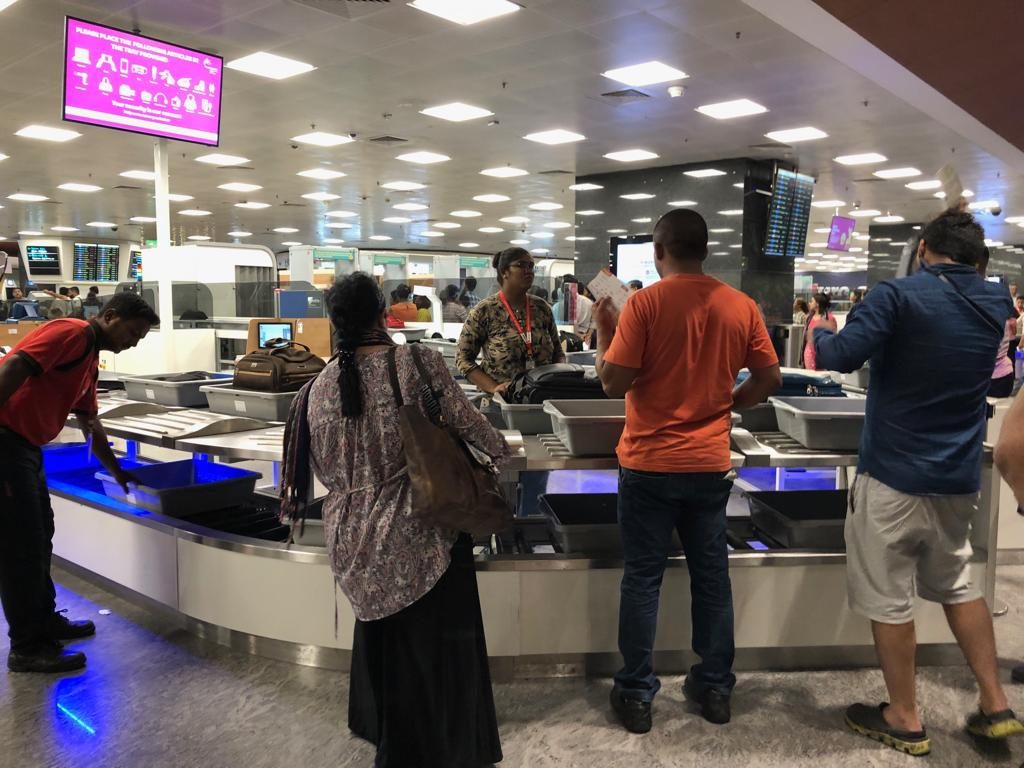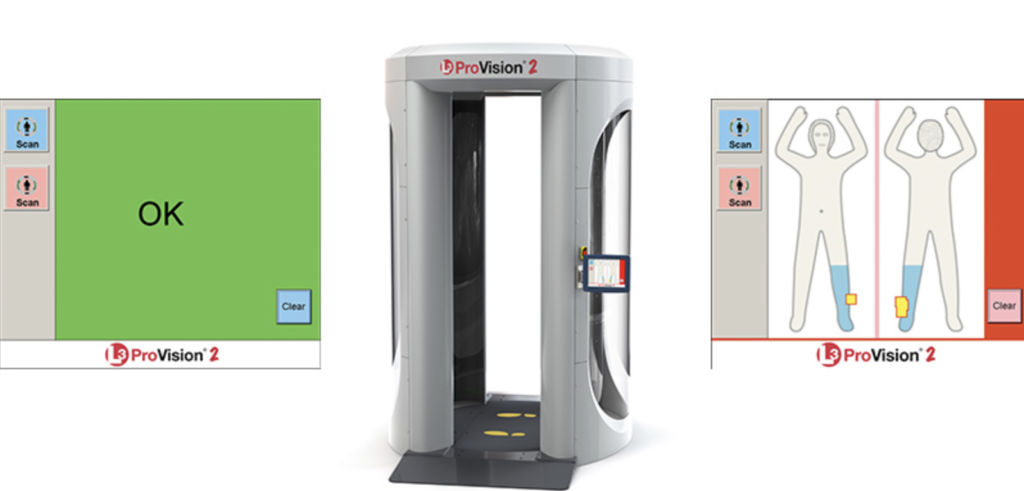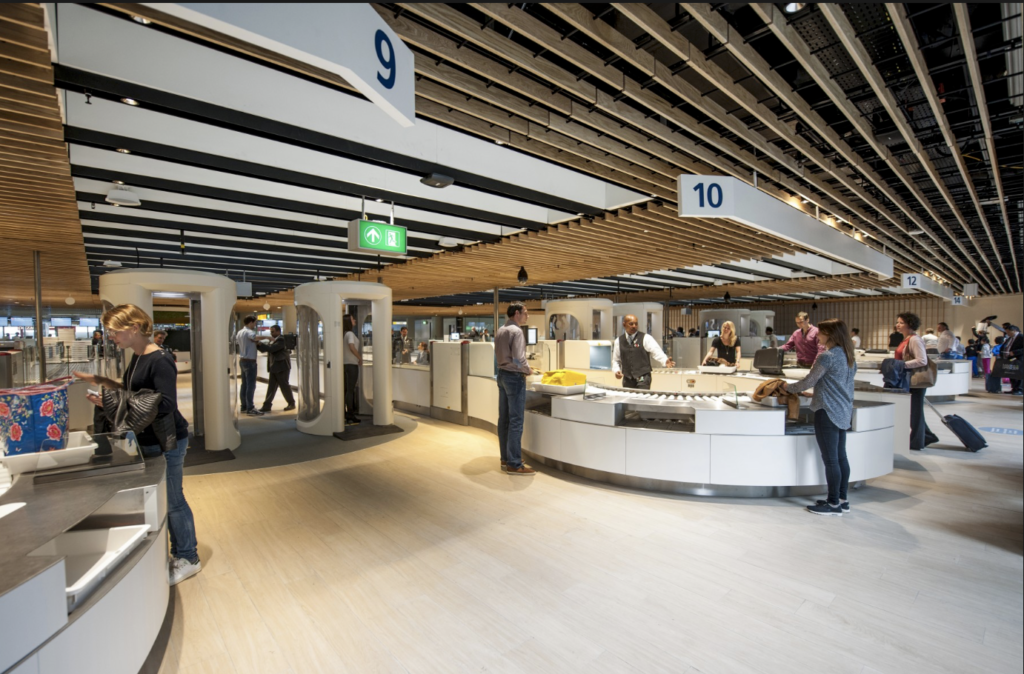In April 2019, Bureau of Civil Aviation Security (BCAS), the body responsible for Indian Aviation security, sent out a circular directing 84 airports across the country to install body scanners at Indian airports by March 2020. Currently, walk-through metal detectors and hand-held metal detectors are used at all Indian airports.
Out of the 84 airports, 28 airports are classified as hypersensitive, including those in big cities like Delhi, Mumbai, Kolkata, Chennai and in conflict areas like Jammu and Kashmir and the Northeast. The rest 56 airports are categorized as sensitive.
A trial for body scanner was conducted at Delhi airport two years back but it didn’t go well. Hyderabad airport will install at least two body scanners for trials by next month. Mumbai airport has already issued an initial tender to install body scanners.
Last year, Bengaluru airport came up with an action plan to reduce the time spent from entering the airport to the boarding gate. As a part of the master plan, Bengaluru airport installed automated baggage drop counters. They started testing biometric access and even introduced an expediated hand baggage only gate. Bangalore airport also introduced automated tray handling system. The next phase is installing body scanners to reduce time at the security check.

Automated tray handling system at the Bangalore airport
Trivandrum airport will install 6 body scanners (4 at domestic and 2 at international). Surprisingly, Trivandrum airport isn’t going for gender-neutral lanes but keeping the body scanners separate for men and women. Bangalore airport, on the other hand, is going for gender-neutral security lanes as is seen across the world.
So what is a body scanner?
In an image-free body scanner, the screen shows OK if the passenger doesn’t have a concealed item on him/her. If there is concealed item on the person, then it’s exact location is shown on a generic mannequin displayed on the screen. Passengers are asked to step aside for frisking if they are not cleared by the system. Otherwise, they are good to go. No Personal Images are generated. The scan hardly takes a few seconds and should cut short the security check time by 50%.

ProVision 2 body scanner
This is in line with the circular along with the Standard operating procedure issued by BCAS,
Scanner shall provide an image-free solution using a generic mannequin. Threats shall be graphically presented addressing the privacy concerns that these machines may generate images with full body contours. On the mannequin-like image generated by the machine, a yellow spot will highlight the area on the body that may need further screening. Passengers would have to remove their jackets, thick clothing, shoes, belts as well as all metallic items before entering into the body scanner of an airport. The scanners are based on millimetre wave technology comprising non-ionising electromagnetic radiation, which means it is safe for all passengers, including pregnant women.
Body scanners are effective in detecting concealed objects as well as help to reduce time spent at security check area by 50%.
Bottomline
With the body scanners and the Automatic Tray Retrieval Systems coming into play, Indian airports will finally be able to process passengers faster through the security check process, without losing the efficacy of the process at all. That should be a step up for the passenger experience as well, given most airports in the Western world have at least moved to these security measures to make the process less error-prone and faster at the same time.



I really appreciate this wonderful post that you have provided for us. A blog is brilliantly written and provides all the necessary information.